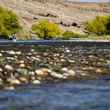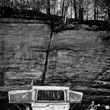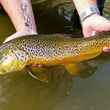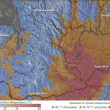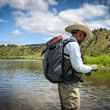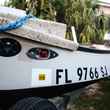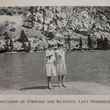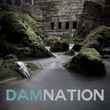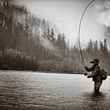Airflo has long been the go-to fly line maker for countless spey and switch casters and there are many saltwater anglers that trust Airflo lines first and foremost. But despite their success in those arenas, Airflo hasn't had a strong reputation in the world of traditional, single-handed trout fishermen. With its latest generation of fly lines, which it has coined SuperDRI, Airflo is seeking to put that reputation squarely behind them, openly acknowledging the issues of old and making bold claims about their latest technologies.
Most of Airflo's issues with earlier generations of trout lines came down to those lines not floating high enough or long enough. Airflo's ridge technology has always performed well, helping to produce long-shooting casts; and Airflo's dedication to using polyurethane to construct their lines instead of PVC has always introduced its bevy of benefits (less cleaning/maintenance required, resistance to Deet, gasoline, sunblock and other chemicals that eat other fly lines, etc). But, despite those accolades, floating trout lines need to float and those that don't float well are going to let people down.
Even though I liked Airflo's last go-round in the trout world -- which included the Ridge Supple Tactical Trout line -- better than most, there were some occasions when I was frustrated by the head sinking during long drifts. So, when I heard from Airflo that they had a new line in the works that not only aimed to solve the floating issue but also featured technology that Airflo was unabashedly touting as "game changing", I was pretty stoked to get one on the water.




